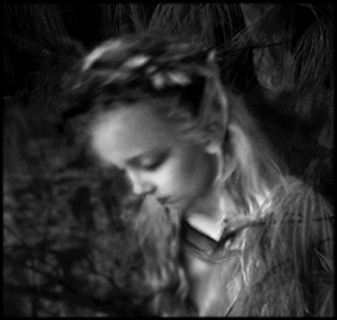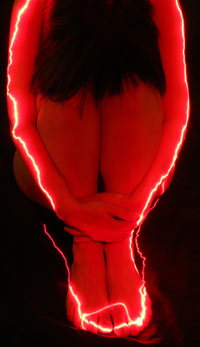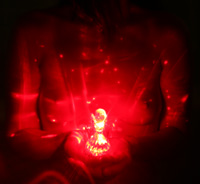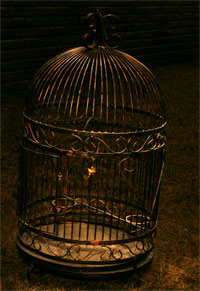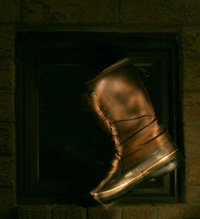By using objects like windows, branches, and archways we can frame our subjects in interesting ways that add uniqueness to our photographs. In this photography podcast we talk about this technique called framing.

Using Purse handles as a frame
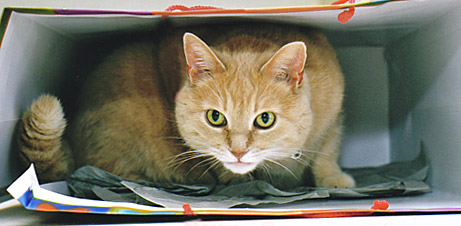
Using a bag as a frame
Photography Podcast transcript 10
Podcast: Play in new window | Download
